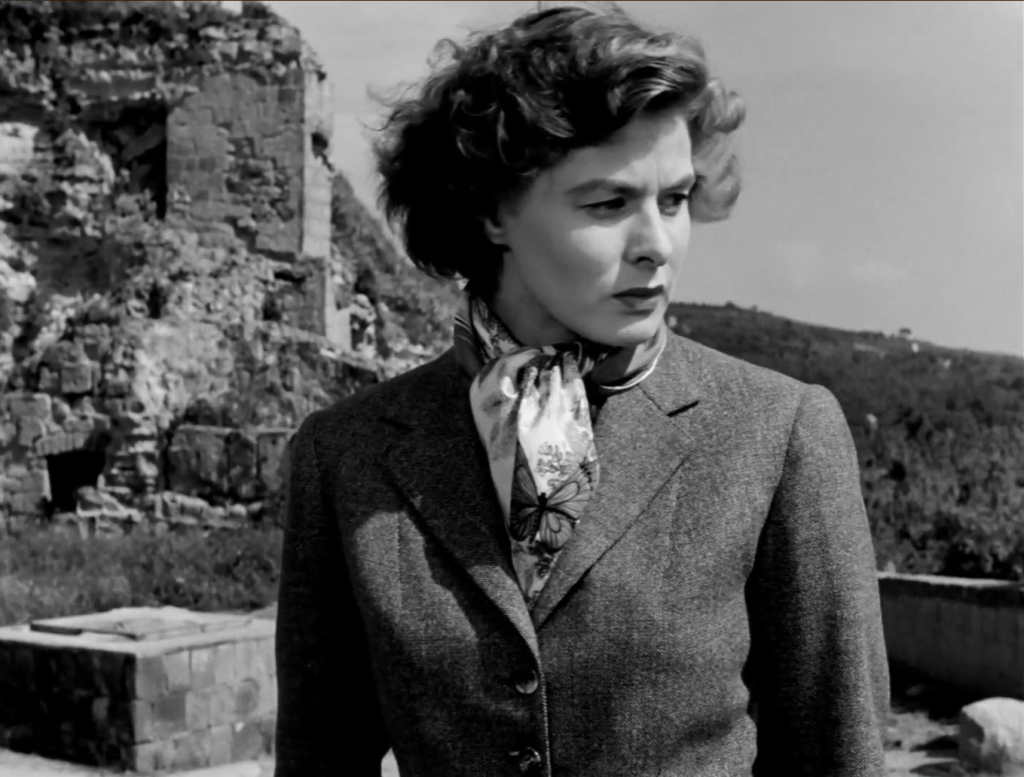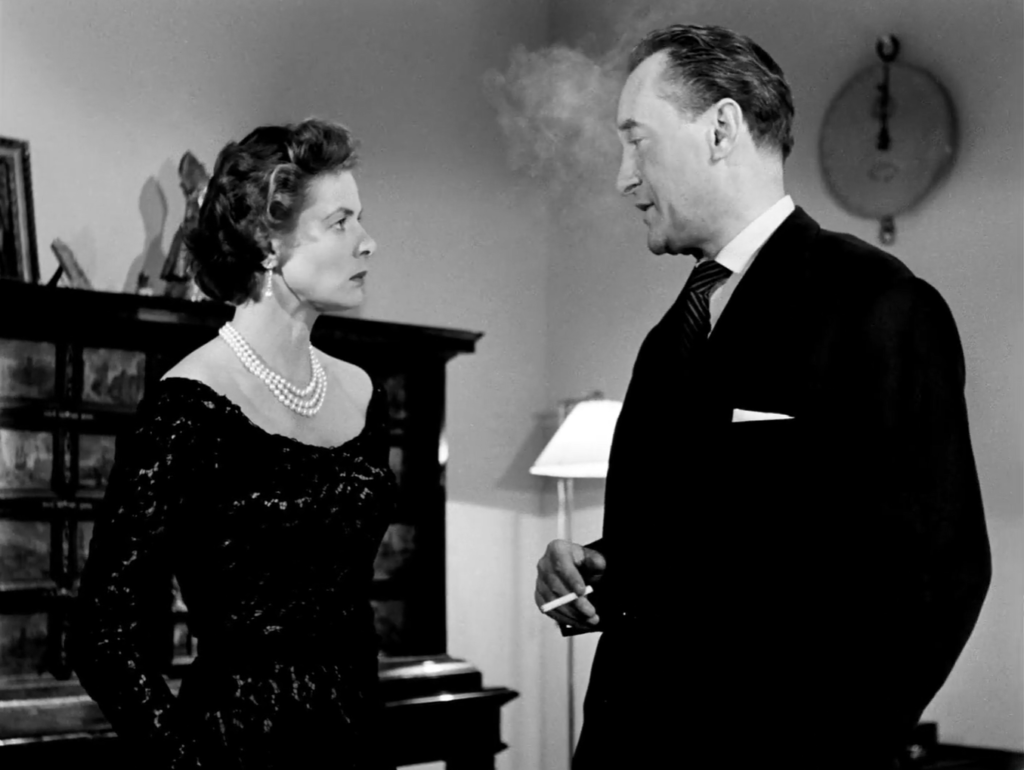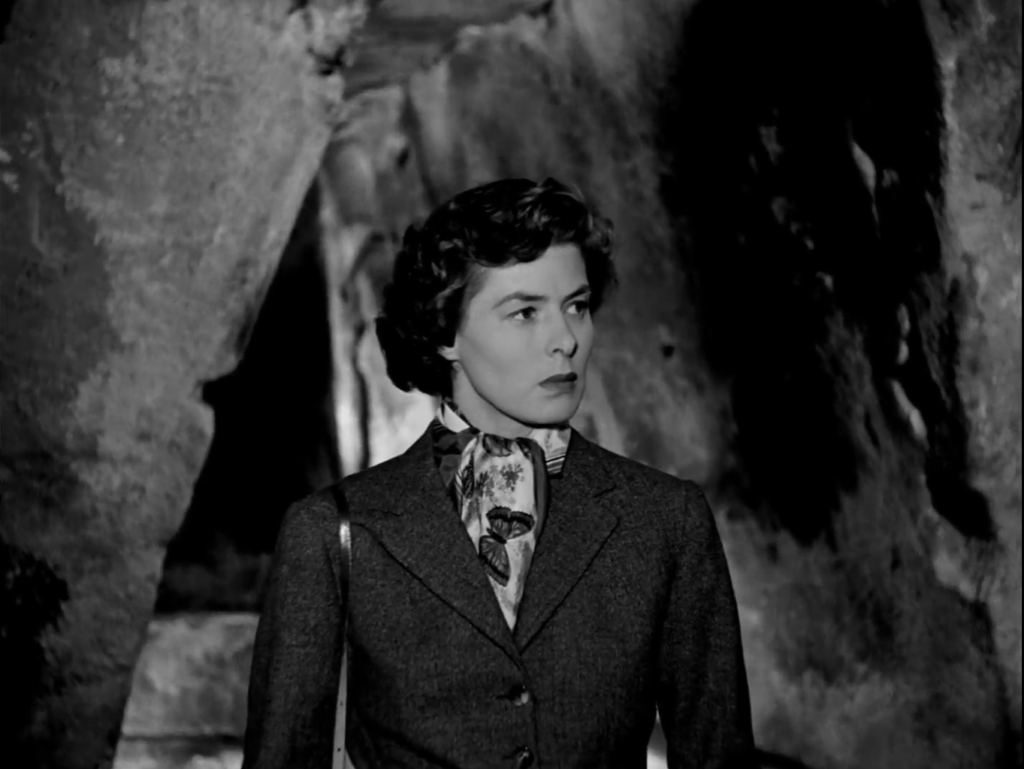Voyage to Italy (1954)
“After eight years of marriage, it seems we don’t know anything about each other.”
|
Synopsis: |
|
Genres, Themes, Actors, and Directors:
Review: Not much happens, plot-wise, in Voyage to Italy: Katharine visits tourist destinations on her own, while Michael petulantly heads off to Capri and attempts an affair with a married woman. Rossellini is primarily concerned with showing how each spouse deals with the dawning realization that their marriage may be over — and how Italy, with its ancient history and dramatic landscapes, contributes to this awareness. Things finally come to a head in the movie’s final climactic moments — which, though a little too overly “neat” for my tastes, necessarily represent simply one frozen moment in the protagonists’ story; as in life, who knows what will come next? Redeeming Qualities and Moments:
Must See? Categories
(Listed in 1001 Movies You Must See Before You Die) Links: |





One thought on “Voyage to Italy (1954)”
First viewing. Not must-see.
Frankly, I was mostly bored. Most of the film plays out as the status quo of two people who, by turns, are either indifferent to each other or openly detest each other. Since that’s what most of the film is…we’re faced with a lingering, static narrative and not very interesting dialogue.
A large chunk of the film is also a cross between a travelogue and a history lesson (i.e., what we learn when Bergman visit museums, etc.).
I wouldn’t know the impact this film had on its release in Italy – but, of course, the main characters are not Italian but English, so it’s hard to say (for me, anyway) how the film would have resonated with Italian audiences. These people are foreigners.
It crossed my mind that Ingmar Bergman might have seen this film prior to making ‘Wild Strawberries’ (1957) since there is a similar bickering couple in that film. As well, this film does serve as sort of a dry-run of inspiration for Bergman’s ‘Scenes From a Marriage’. (Ingrid Bergman has a monologue that is echoed in Anjelica Huston’s final speech in ‘The Dead’.)
Criterion – which has released it as ‘Journey to Italy’ – has the film available in an Italian version, aside from Sanders speaking briefly in English.
For me, the most interesting part of the film is its last 15 minutes – in which Bergman and Sanders are witnessing some excavation of human remains and Bergman is shattered by thoughts of mortality. But that doesn’t lead to a satisfying conclusion for the protagonists – at least in my view. The sudden shift in the film’s final moments makes no sense, since there has been no indication that it has been earned dramatically.